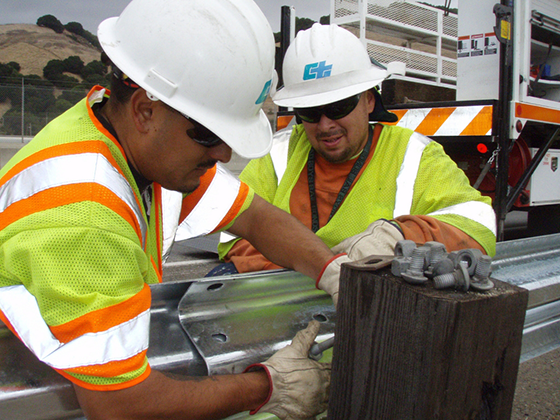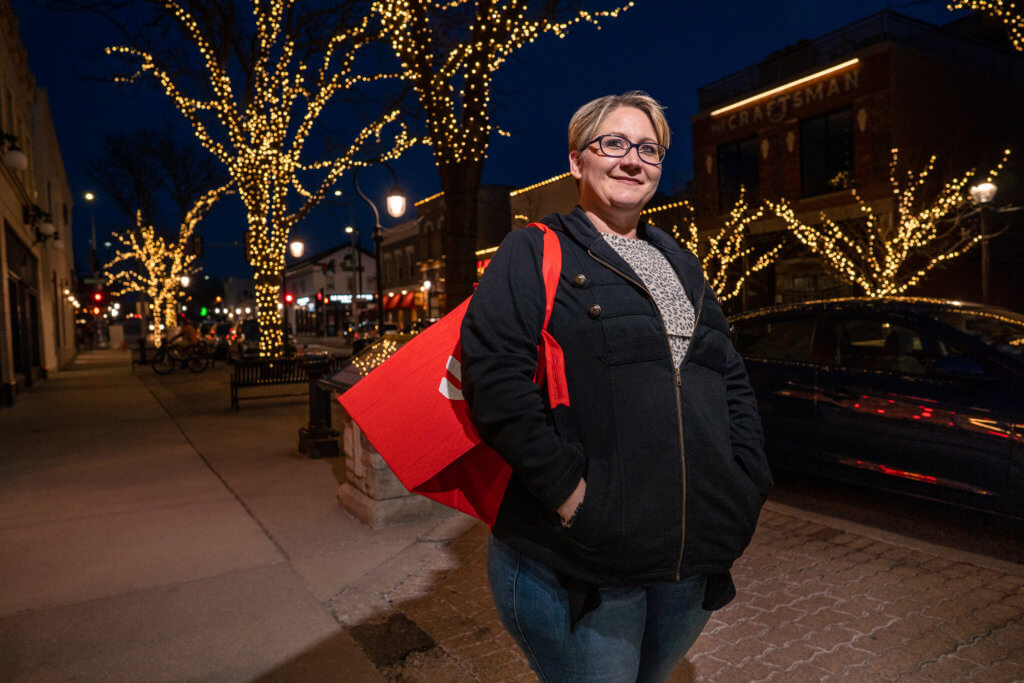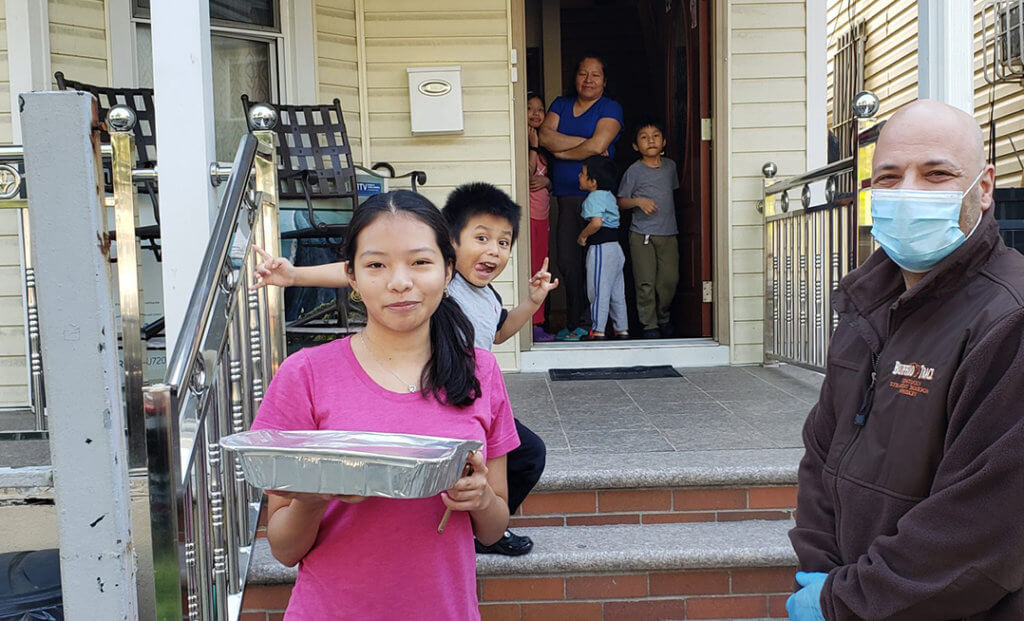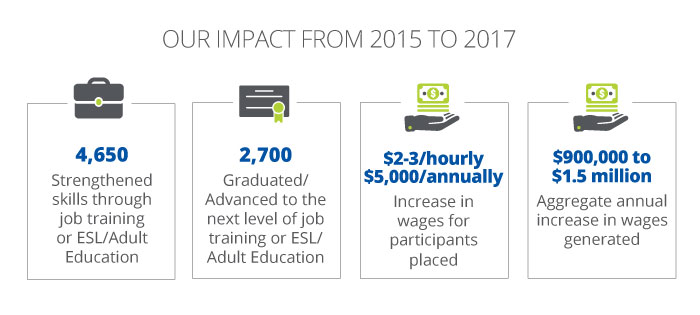New Data Show More Latino Workers Being Killed on the Job Despite Decline in Fatal Injuries for Overall Workforce
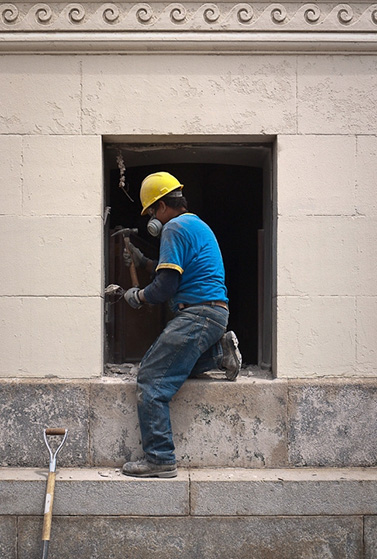 There are many unanswered questions surrounding a scaffolding collapse at a construction site in downtown Raleigh, N.C., last month that left three construction workers dead and another severely injured. But one thing we do know is that all of the workers were Hispanic. While it may take months to figure out how the collapse happened, the fact remains that this incident is part of an alarming trend—Latino workers are seeing a rise in fatal occupational injuries.
There are many unanswered questions surrounding a scaffolding collapse at a construction site in downtown Raleigh, N.C., last month that left three construction workers dead and another severely injured. But one thing we do know is that all of the workers were Hispanic. While it may take months to figure out how the collapse happened, the fact remains that this incident is part of an alarming trend—Latino workers are seeing a rise in fatal occupational injuries.
According to the U.S. Bureau of Labor Statistics (BLS), Latinos experienced the largest increase in fatal work injuries in 2013, a nine percent jump from 2012. Nearly 820 Latino workers died on the job in 2013 compared to 750 Latino workers in 2012. But while the fatality rate for Latino workers increased, there was a slight decrease for the overall workforce.
Part of the issue is that many Hispanic workers are overrepresented in high-fatality industries such as construction. In fact, Latinos account for nearly one-quarter of construction workers. BLS data show that construction deaths are on the rise. In 2013, there was a three percent increase in the number of construction workers killed on the job, reaching the highest number killed since 2009.
Keep up with the latest from UnidosUS
Sign up for the weekly UnidosUS Action Network newsletter delivered every Thursday.
While conventional wisdom might suggest that there are obviously going to be more fatalities in a high-risk industry, it’s also important to once again note that fatality rates within the industry are increasing for Latino workers, despite a decline in injury rates for other construction workers.
So what’s going on?
It’s difficult to pinpoint just one issue that’s contributing to this alarming trend. Rather, there are a number of barriers to safe and healthy workplaces that could be exacerbating the problem, specifically for Hispanic workers. Latino immigrants make up the majority of Latino workers who have lost their lives on the job. Language barriers could be one problem, especially if there are communication issues in training and reporting unsafe working conditions. Immigration status and job insecurity could also contribute to a culture of fear that enables unsafe conditions to persist. As noted in a recent NCLR Monthly Latino Employment Report, Latinos are more likely to work in low-wage occupations where labor laws are frequently violated.
Logistics also play a part. The Occupational Safety and Health Administration (OSHA) lacks the funding and staff to inspect every workplace. According to the AFL-CIO’s 2014 Death on the Job Report, it would take federal OSHA an estimated 139 years to inspect each workplace once. Not to mention, we are dealing with industries that have multiple layers of contractors, which sometimes makes it difficult to determine who is responsible for worker training and safety.
However, improvements can be made. As employment picks up again, we cannot gloss over safety issues. For example, we have seen the number of fatalities rise during previous construction booms. We must take a critical eye to what happened then and learn from those mistakes. We can also target outreach and enforcement of labor laws to the most vulnerable workers and to industries that we know are high-risk. Old ways of doing this can be modernized to hold employers accountable in a more complex labor market.
April 28 is Workers’ Memorial Day. Let’s honor those who have lost lives to preventable injuries by committing to make every workplace safer so that every Latino worker gets to go home to his or her family.
